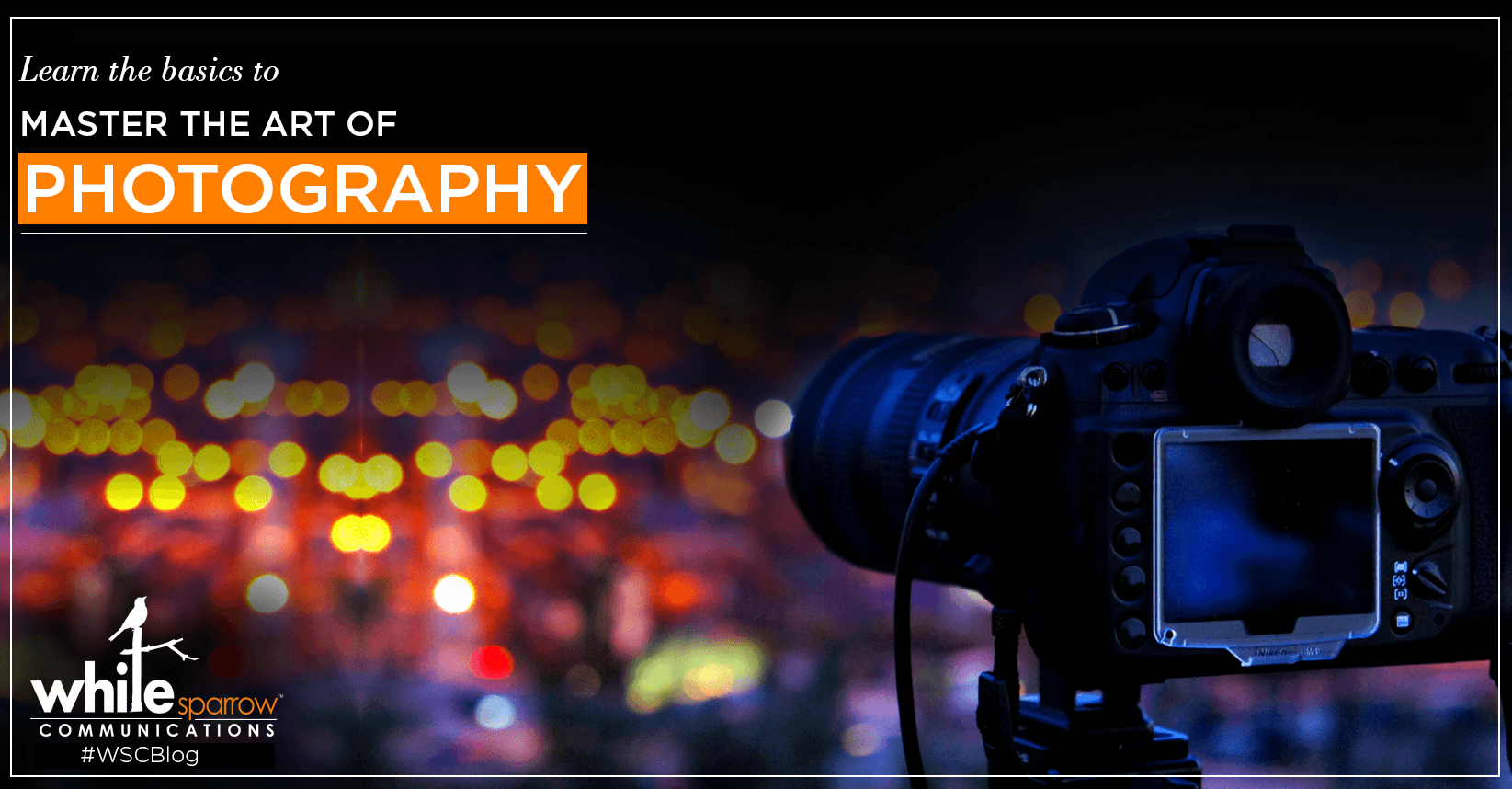Blog February 19, 2016
Basics of the Art of Photography

Photography is an inevitable part of our daily lives. From a morning selfie on a smartphone to a scenic shot using a DSLR camera, we indulge in the activity every day. Although it is a completely different and extensive domain if considered professionally, but photography can be done on even the simplest of cameras, even a smartphone camera can do wonders if set accordingly. The basic set up and technicalities of the art can help you understand the process and get better clicks starting now.
So let’s look at some of the basics and get you that professionally shot profile picture you have always wanted to have!
1. Framework: Adding a frame to the picture not only makes the appearance of the subject clear but also provide a neat and clean look to the picture presentation. A frame does not necessarily have to be solid and even, it can include the natural surroundings of the subject such as the trees and its branches.
2. Viewpoint: It is very important to blend your subject with your vision. The way a camera is placed decides the composition of the picture along with the impact of the surroundings on the subject and the way it blends in with the background. So positioning of the camera with respect to the subject and its surroundings is essential to a perfectly aligned picture.
3. Rule of Thirds: A grid of nine boxes divides the screen where the picture is displayed and to get a better picture we follow the rule of thirds according to which, the subject should be placed on either the intersecting lines or circles adjoining their crossovers.
4. Exposure: This is a very basic yet important element of photography as it decides the brightness of the photo. It is responsible for the darkness or brightness of the picture and that the picture is correctly exposed to lighting.
5. Aperture: A small set of blades which form an octagon, decide how much light enters the camera. This light controlling component is known as the aperture and not only does it impact the brightness of picture with light impact, but is also responsible for depth-of-field functionality which keeps a focus on the subject, leaving the background blurry.
6. Shutter Speed: This component is more like a ‘curtain’ which covers the image sensor. It is responsible for brightness through the amount of time for which the light shines on the sensor. It majorly impacts the blurriness of the image and is usually preferred for action images such as fast moving vehicles, sports and outdoor activities. It captures fast moving bodies at a specific moment.
While it is an amazing thing to understand the basics of photography as an art and to abide by these rules, it is equally important to play with the surroundings and the settings to get that perfect shot. While these basics will help you get a good shot, your instinct and experience will get you the perfect one!
Think we missed any important basic lesson? Share with us in the comments below!






